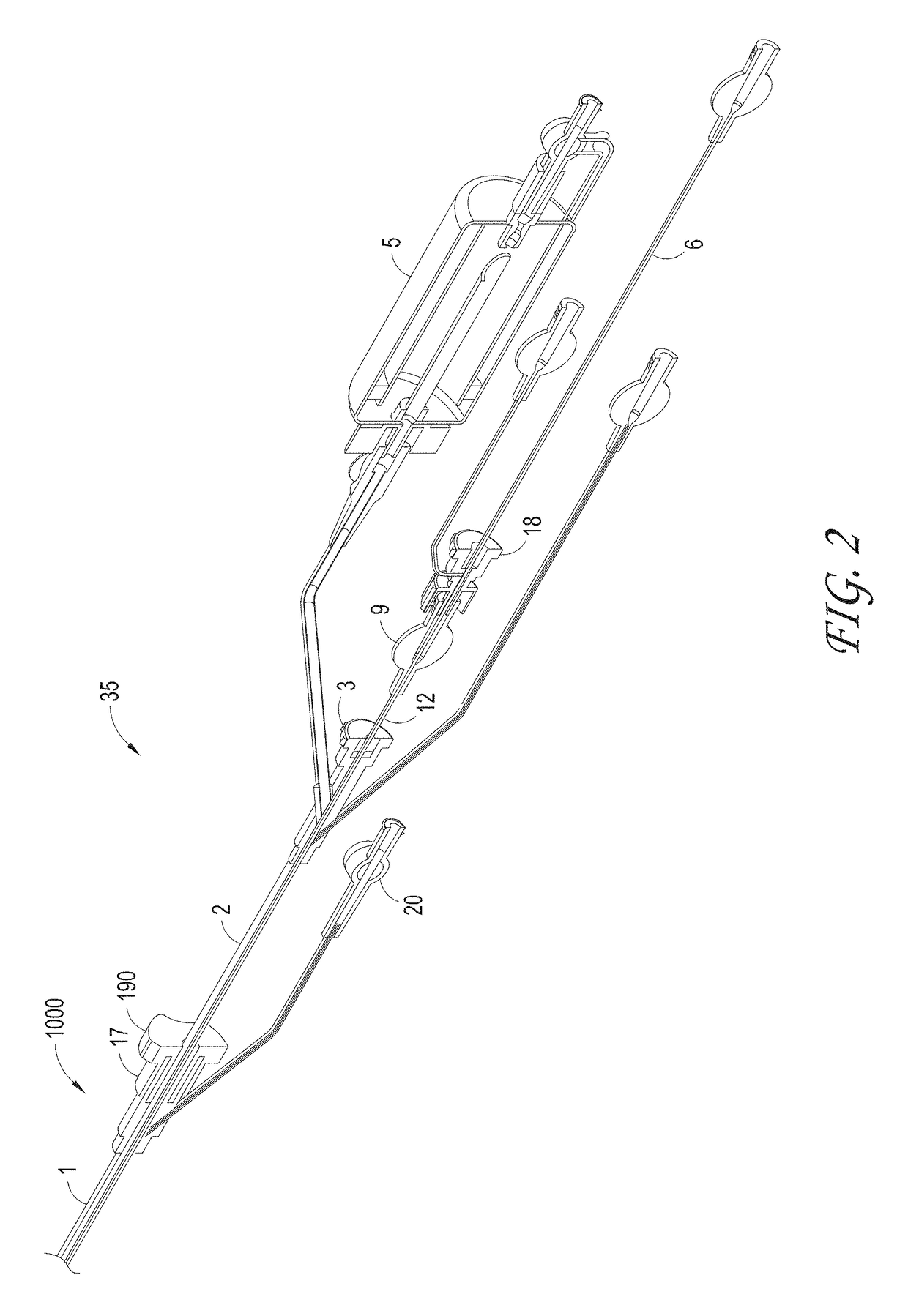Axial lengthening thrombus capture system
a thrombus and axial length technology, applied in the field of axial lengthening thrombus capture system, can solve the problems of significant morbidity and mortality risks, long time duration requirements, and increased healthcare costs, and achieve the effect of shortening the thrombus capture device and promoting the removal of the thrombus
- Summary
- Abstract
- Description
- Claims
- Application Information
AI Technical Summary
Benefits of technology
Problems solved by technology
Method used
Image
Examples
Embodiment Construction
[0107]The present invention provides, in some embodiments, systems and methods that can be delivered percutaneously in a body to retrieve and removal materials including blood clots, stones / calculi, and / or foreign materials in a body lumen, including a blood vessel, such as an arterial vessel or a venous vessel within the circulatory system. The present invention can, in some embodiments, also apply to nonvascular areas to treat, for example, gallstones, kidney stones, common bile duct stones, and the like.
[0108]Systems can be delivered percutaneously, via a cut-down approach, a thoracoscopic approach, or via other approaches, for example, using a catheter system 35, of which a perspective view of an embodiment is shown in FIG. 1. FIG. 1 also illustrates examples of various possible elements that can be included in a material capture system, according to some embodiments of the invention. As illustrated in FIG. 1, included in some embodiments are any number of, such as one, two, or ...
PUM
 Login to View More
Login to View More Abstract
Description
Claims
Application Information
 Login to View More
Login to View More - R&D
- Intellectual Property
- Life Sciences
- Materials
- Tech Scout
- Unparalleled Data Quality
- Higher Quality Content
- 60% Fewer Hallucinations
Browse by: Latest US Patents, China's latest patents, Technical Efficacy Thesaurus, Application Domain, Technology Topic, Popular Technical Reports.
© 2025 PatSnap. All rights reserved.Legal|Privacy policy|Modern Slavery Act Transparency Statement|Sitemap|About US| Contact US: help@patsnap.com



